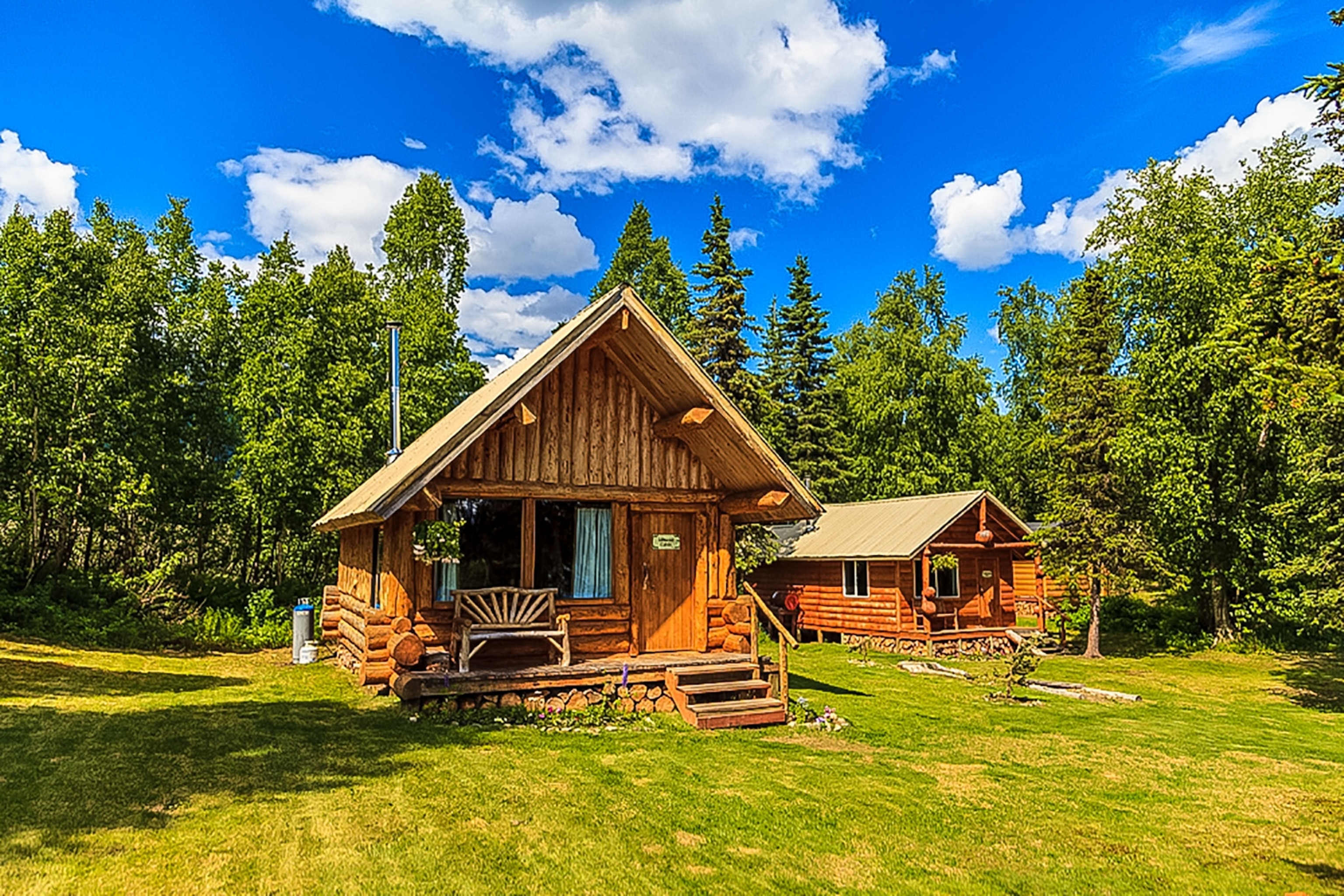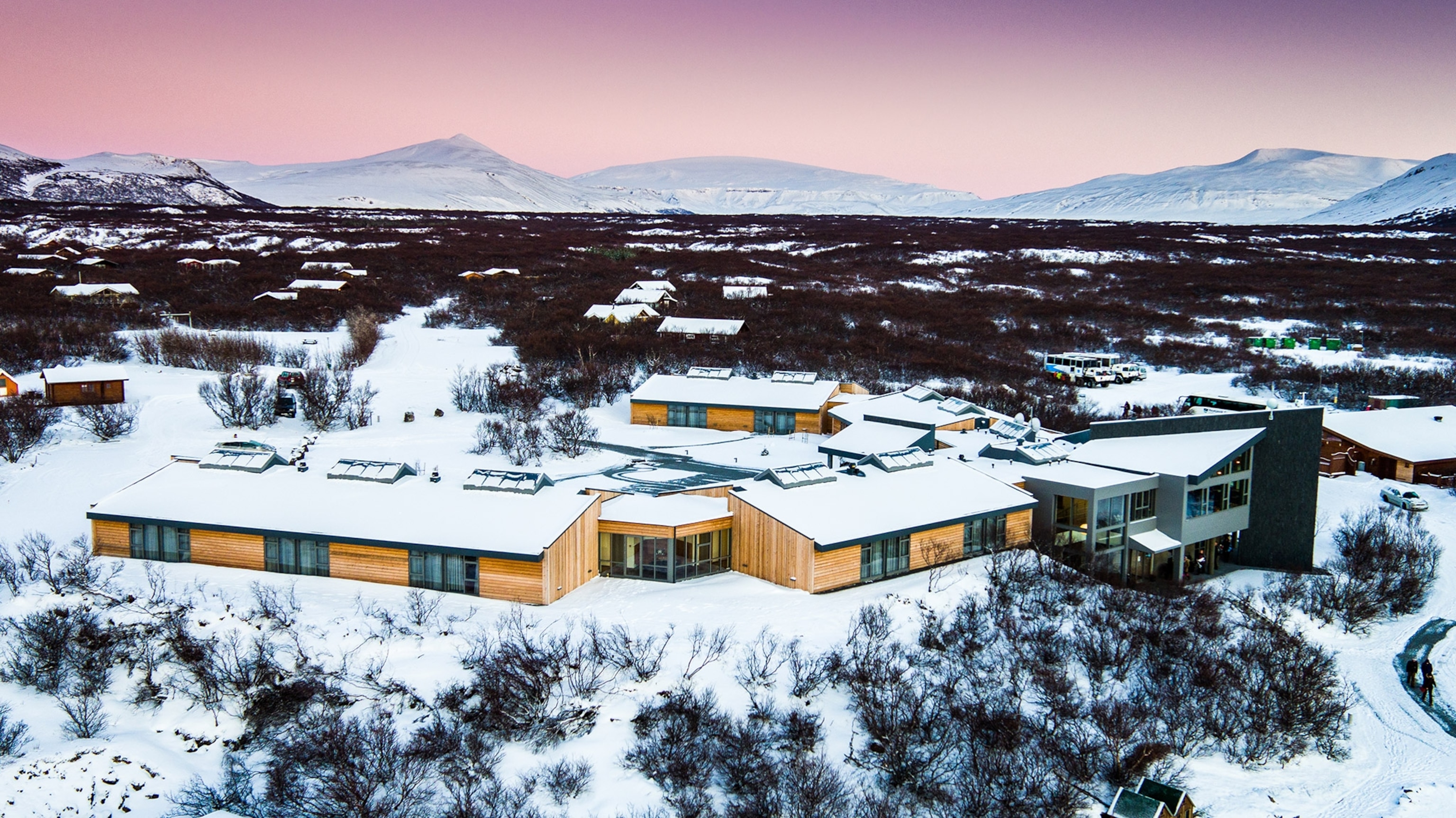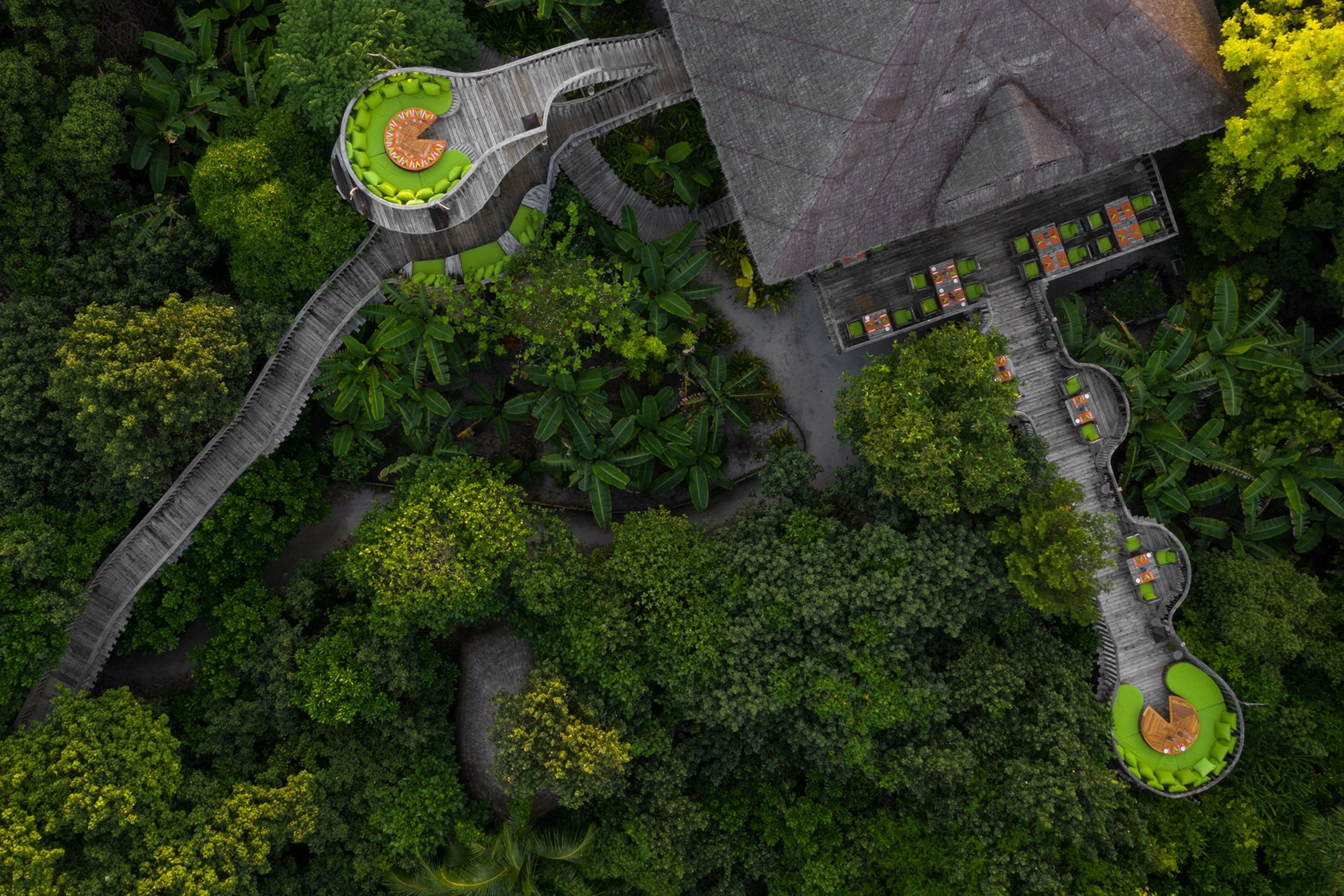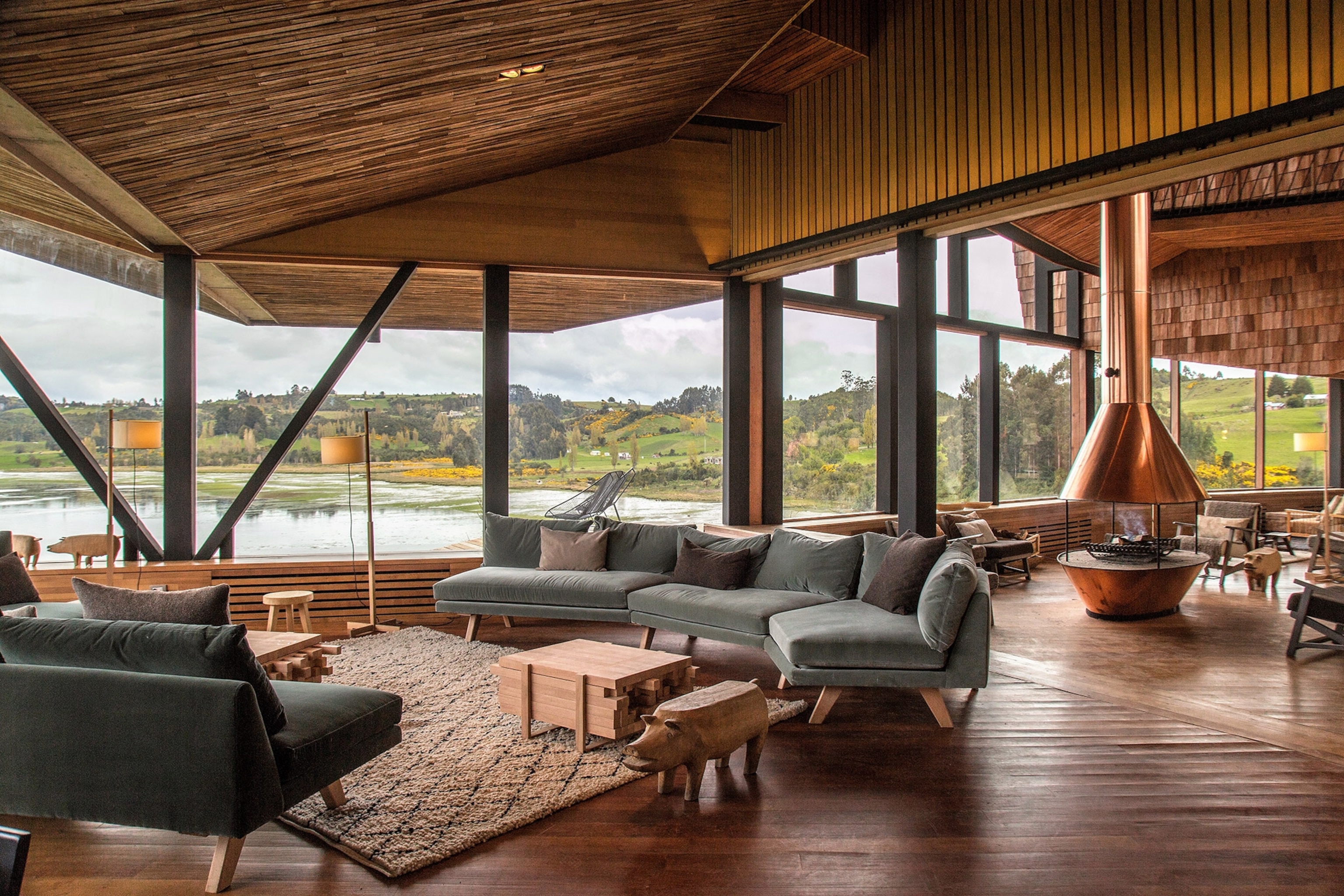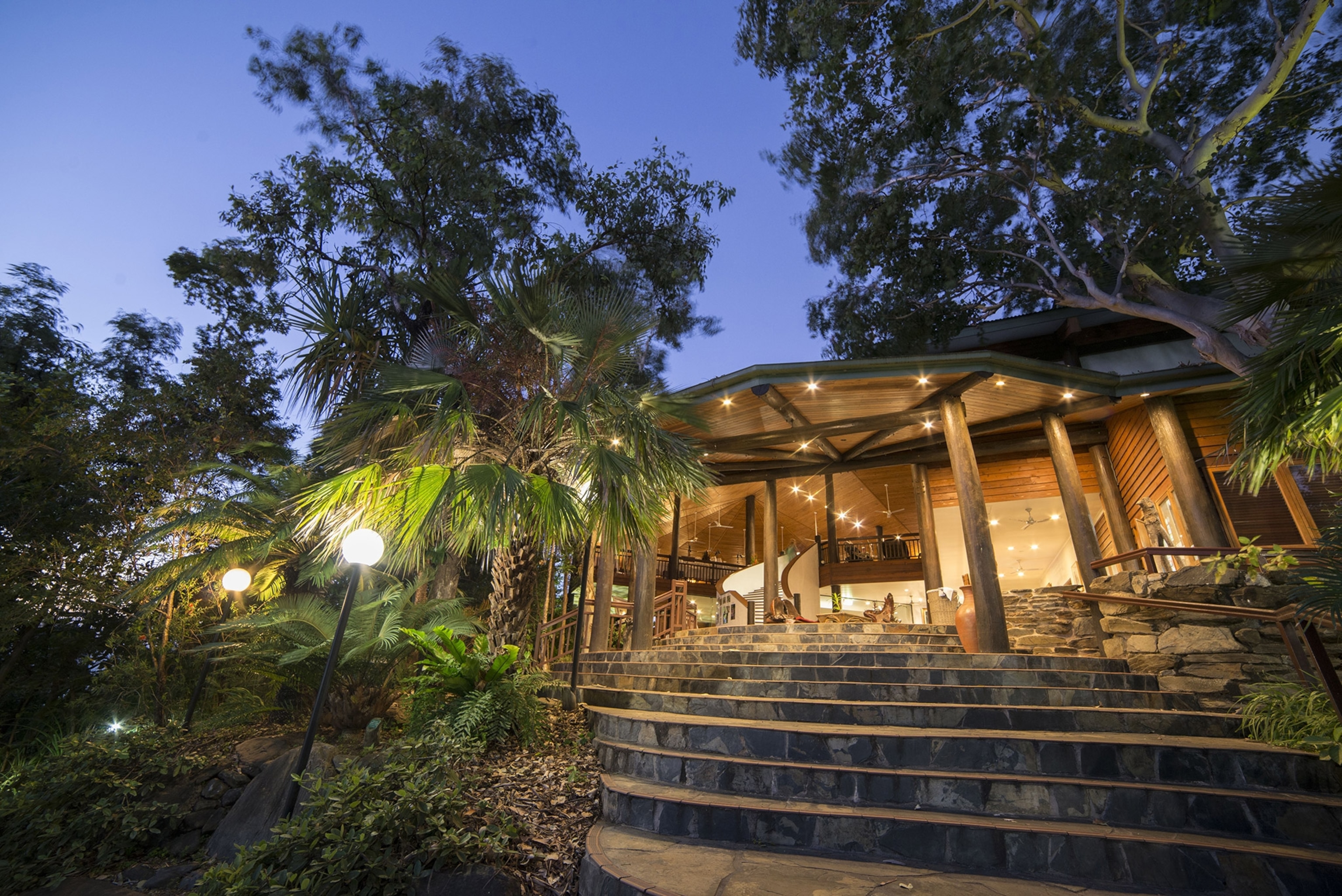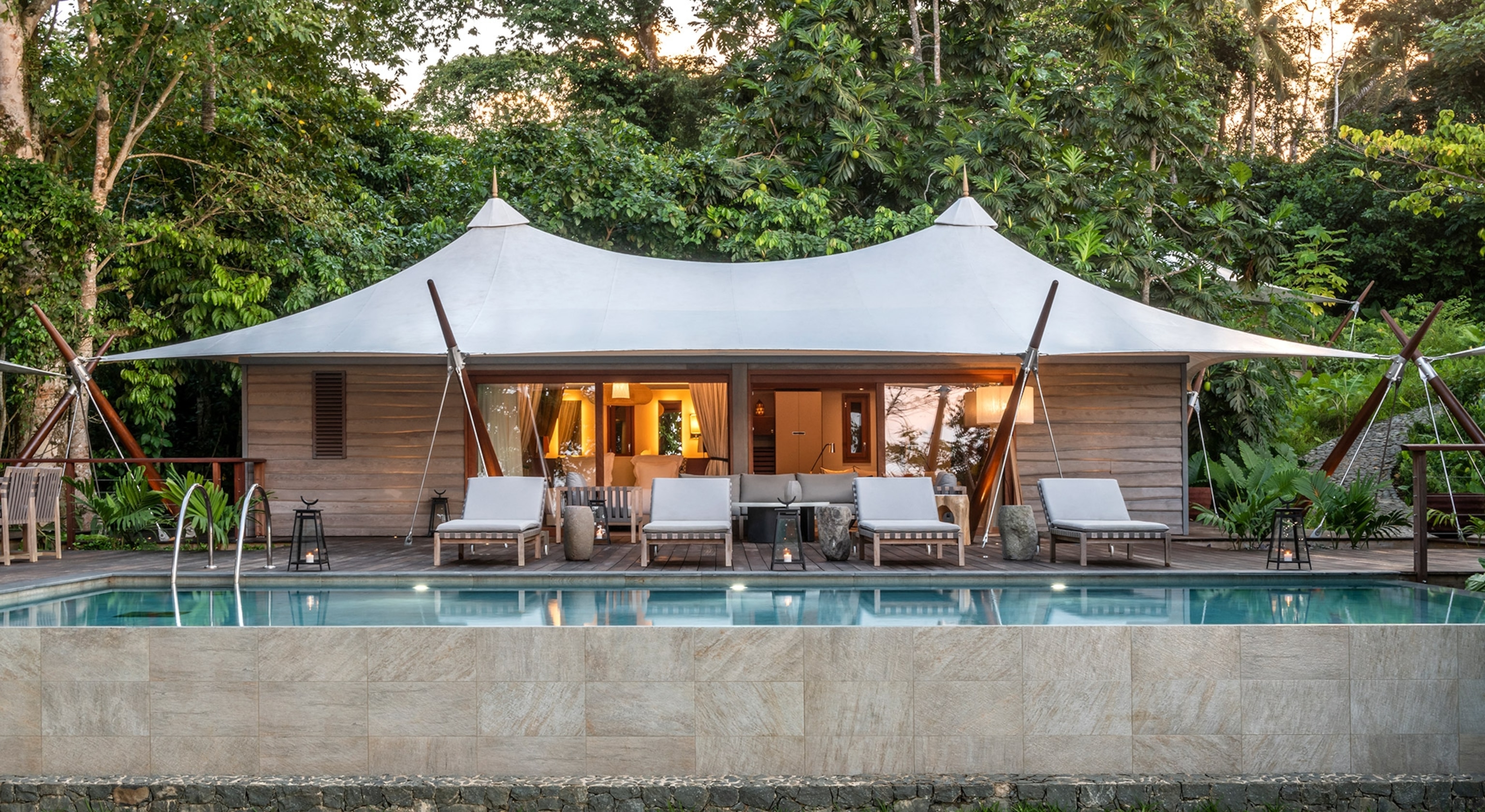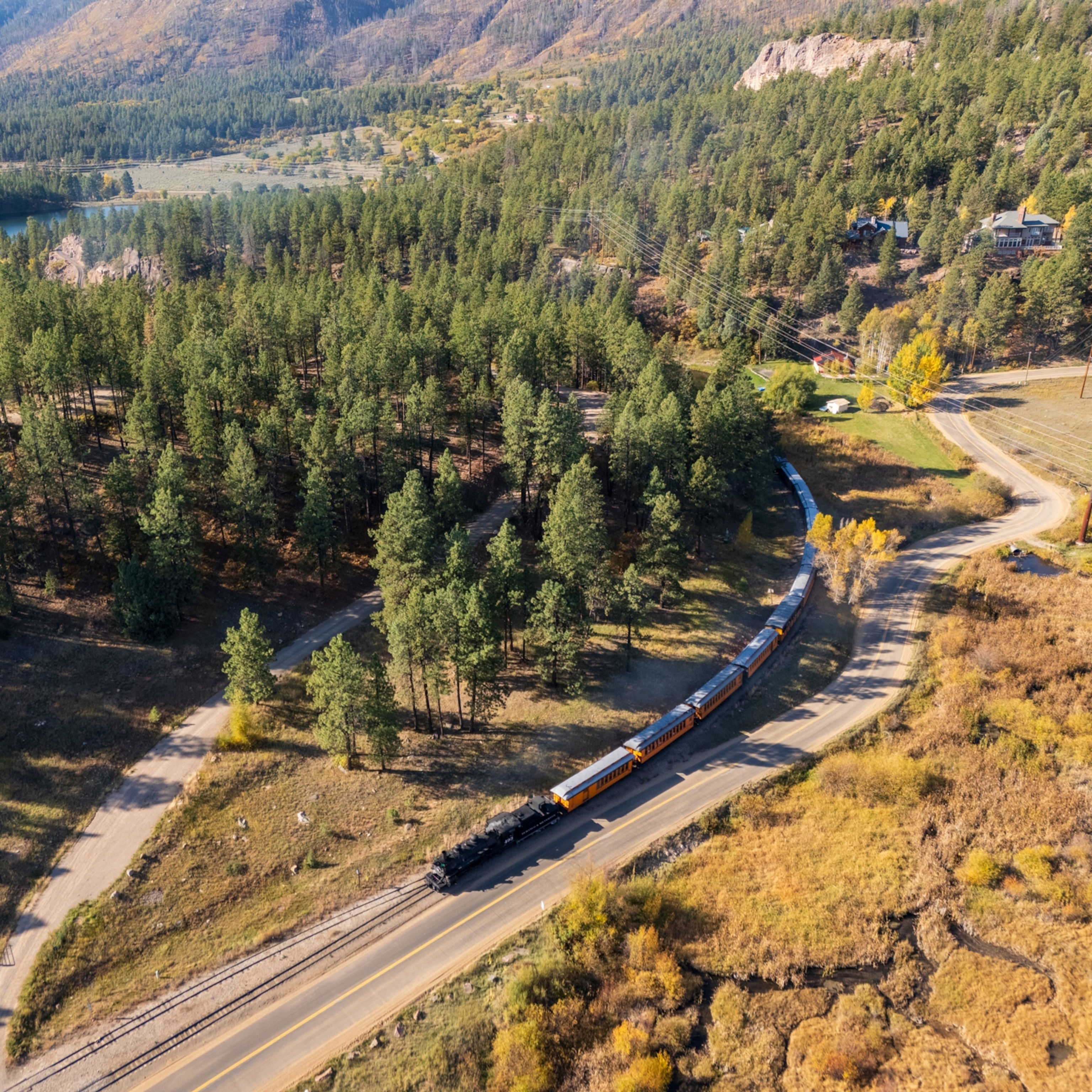
These historic lodges are the perfect way to see North America’s wild parks
Nestled in nature and rich in heritage, these wilderness lodges offer spectacular park stays.
Glamping has nothing on these lodges. With a grand mansion or rustic inn as your base camp, you can get a glimpse into 19th- and 20th-century history before heading off into the park to explore some of North America’s most beautiful landscapes.
Dalvay-by-the-Sea, Prince Edward Island
Set along the north shore of Prince Edward Island, this elegant Victorian manse was constructed in 1896 by Scottish-American industrialist Alexander Macdonald as a family summer home; he named after his birthplace in Scotland. In the late 1930s, Parks Canada transformed Dalvay into a resort hotel for the newly established Prince Edward Island National Park. Visitors—who must have a park pass to stay at Dalvay—can choose from 25 period-styled rooms or eight cottages with ocean views.
Greyfield Inn, Georgia
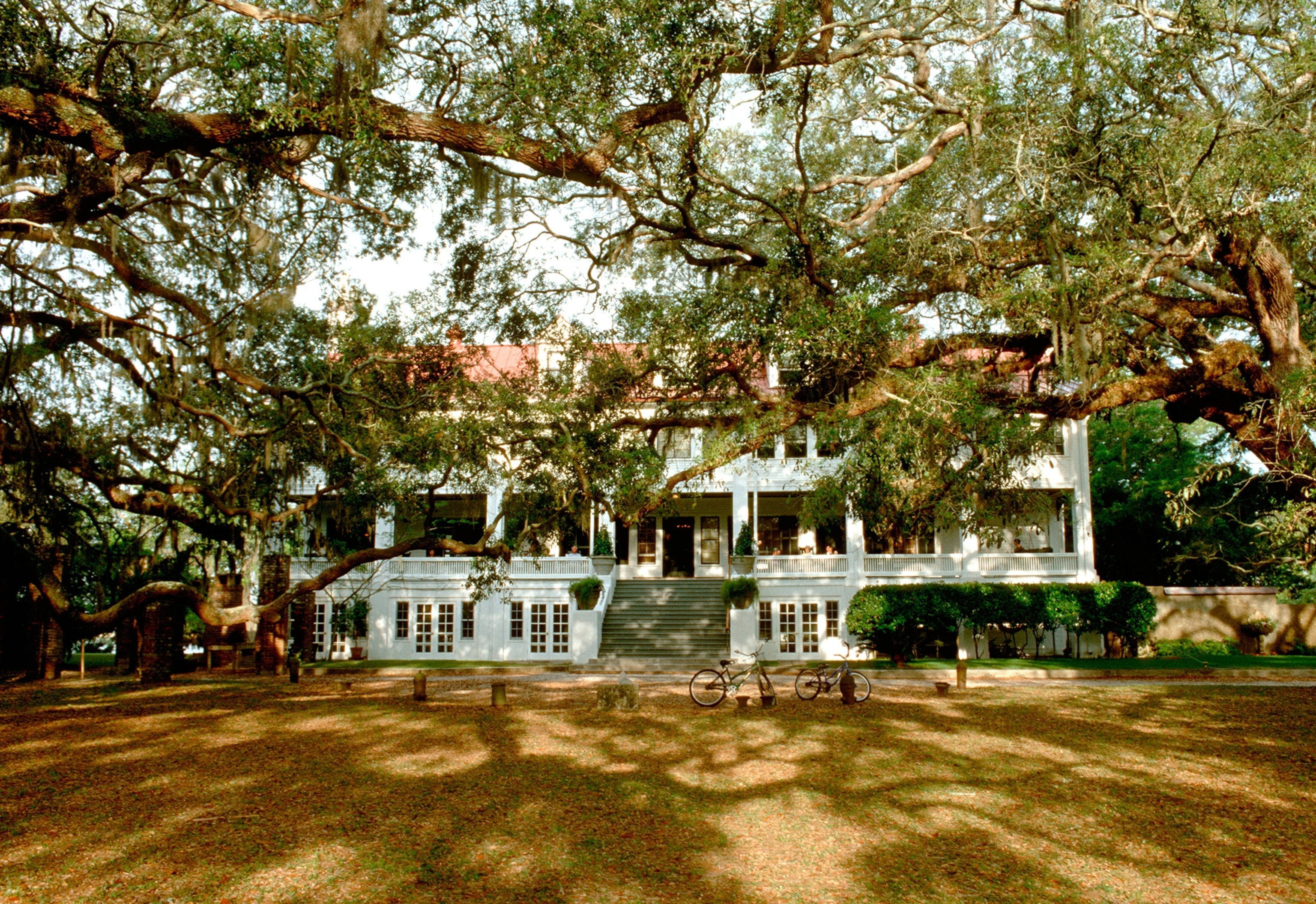
It may look antebellum, but the graceful Greyfield was actually built in 1900, one of several mansions created by the Carnegie family, which summered on Georgia’s Cumberland Island during the late 19th and early 20th centuries. Family heirlooms decorate the public areas and guest rooms of a hotel still owned and operated by Carnegie descendants. Take advantage of the all-inclusive lodge’s fishing, birding, hiking, and kayaking tours—or hit the secluded beach, part of the ecologically invaluable Cumberland Island National Seashore.
Mount Washington Resort, New Hampshire
The last of two dozen grand hotels that once graced New Hampshire’s White Mountains, Mount Washington Resort was opened in 1902 in the Bretton Woods valley. Railroad tycoon Joseph Stickney commissioned 250 Italian craftsmen to embellish his hotel with stained glass windows, elaborate molding, and intricate woodwork. Hike, snowshoe, or ski in White Mountain National Forest before heading back to the resort for a round of golf or fine dining with a view.
Skyland Resort, Virginia
Eccentric developer George Freeman Pollock opened this mountain retreat in 1895, long before the area became Shenandoah National Park. Located alongside the highest point of Skyline Drive, the rustic resort offers dreamy mountain vistas, hiking and horseback riding trails, and accommodation in historic cabins.
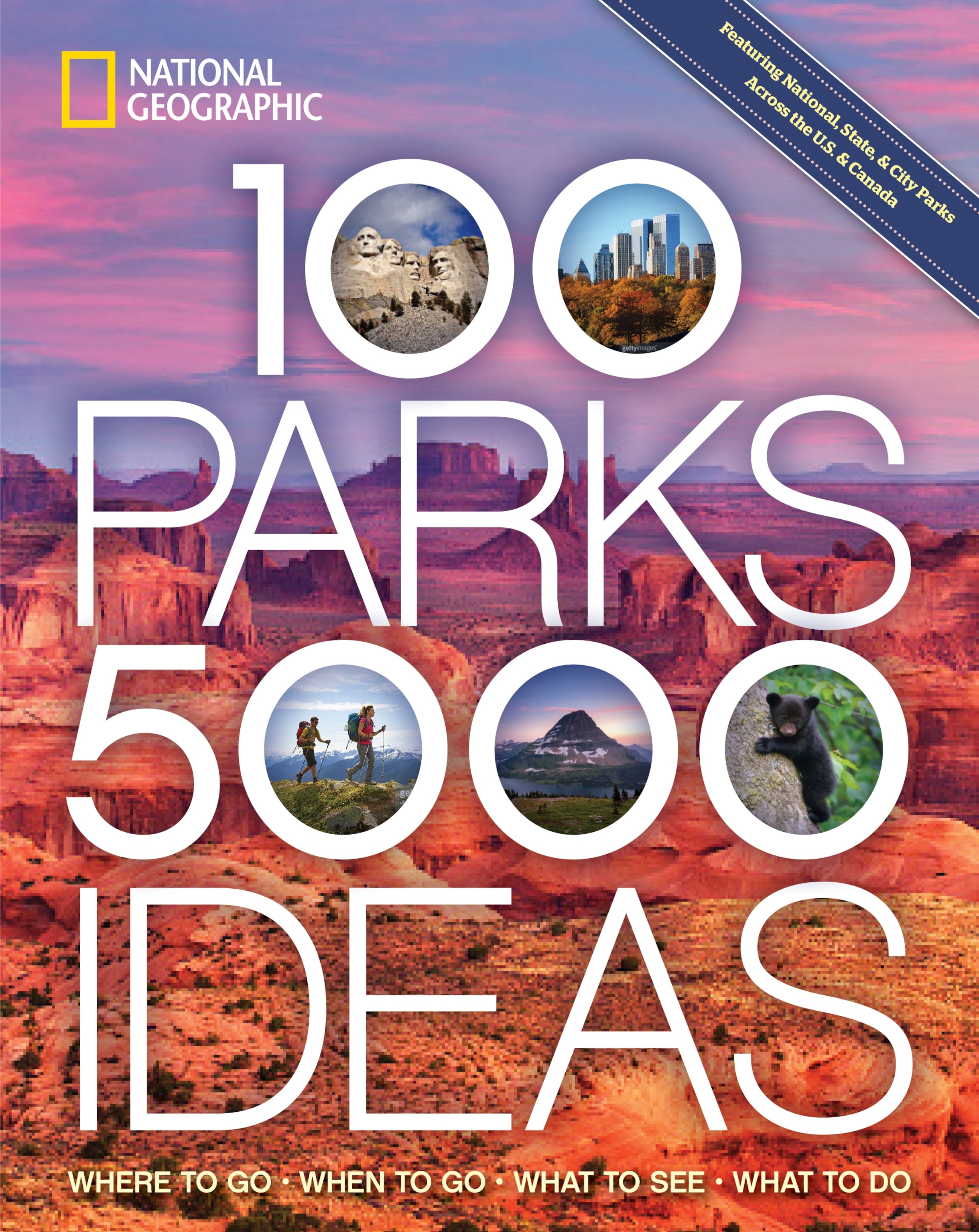
Old Faithful Inn, Wyoming
Constructed mainly from lodgepole pine, the rustic geyser-field lodge is the world’s largest log “cabin” and a Yellowstone landmark since 1904. Set beneath a huge gabled roof, the building’s awe-inspiring atrium rises seven stories above a massive stone fireplace. Many of the original furnishings remain in both the guest rooms and public areas, including the very popular Bear Pit bar. It’s a good idea to book in advance—many of Yellowstone’s four million visitors request lodging at Old Faithful Inn, which is only open from early May until mid-October.
Banff Springs Hotel, Alberta
Opened in 1888 by the Canadian Pacific Railway as a way to attract more train-traveling tourists to the Rockies, the majestic lodge is set against a backdrop of snowcapped peaks and evergreen forest. The detailed Scottish baronial architecture gives it the feel of a fairytale castle rising in the wilderness—hence its nickname, “The Castle.” A stay at Banff Springs Hotel promises family fun: Kids can enjoy extensive programs on outdoors skills, science, and art while adults, tuckered out from a day of hiking and cave-exploring in Banff National Park, enjoy some time at the hotel spa.
El Tovar Hotel, Arizona
The Fred Harvey Company, which pioneered tourism in much of the Southwest, had the prescience to open a hotel overlooking the Grand Canyon in 1905, more than a decade before the geological wonder became what’s today the second most visited national park. Constructed primarily of wood and stone, the arts and crafts–influenced architecture was an early example of the National Park Service rustic style that imbued structures with a definite sense of place. Visitors can choose from among 78 unique rooms (including wheelchair-accessible rooms), enjoy farm-to-table dining overlooking the South Rim, and book a scenic train trip—or take the classic mule trip into the Canyon itself.
The Inn at Death Valley, California
Formerly called the Furnace Creek Inn, this desert lodging attracted a glitzy Hollywood crowd when it opened in 1927. The romantic oasis setting near Furnace Creek village in Death Valley National Park is complemented by California Mission architecture, towering palm trees, and a swimming pool fed by desert spring water. In a park famous for its lack of rain—Death Valley averages less than two inches of precipitation a year—the Inn’s sustainability practices help maintain a diverse oasis critical to migrating birds and native flora.
Majestic Yosemite Hotel, California
Longtime visitors to the Sierra Nevada park will always think of this noble hotel by its original name: the Ahwahnee Hotel, as it was known from its opening in 1927 until it was renamed the Majestic Yosemite Hotel in 2016. The historic lodge has hosted many famous people over the years, from President Kennedy and Queen Elizabeth to Judy Garland and Lucille Ball. Visitors can golf, ski, swim, and explore Yosemite National Park through guided tours or self-directed climbing, hiking, or biking excursions.
Cavallo Point Lodge, California
With a panoramic view across the water to the Golden Gate Bridge, Alcatraz Island, and downtown San Francisco, Cavallo Point Lodge offers an elegant stay beside the bay in Golden Gate National Recreation Area. Constructed in the early 1900s, the colonial revival–style buildings once housed U.S. Army officers and their families and now offers visitors luxury accommodation, cooking classes, and activites for families and dog-lovers alike.





























